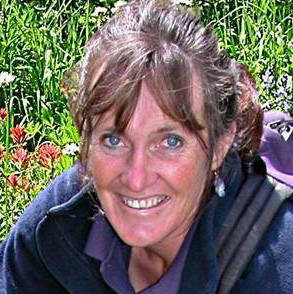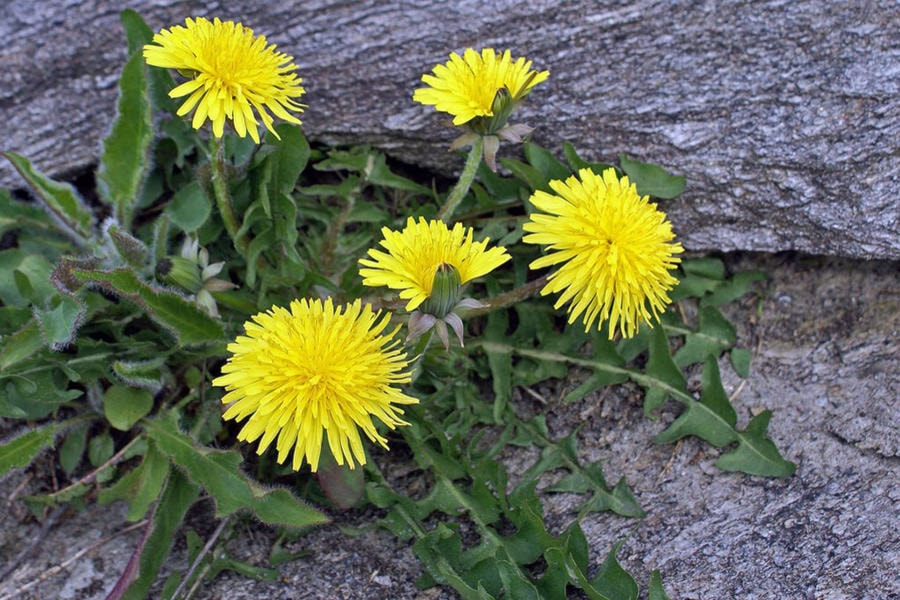ROSEANNE VAN EE/CONTRIBUTOR
Weeds are plants we don’t want growing in certain places. Feel free to pick introduced (from other places, not native here) invasive weeds to your heart’s content before they set seed. Pull them out even. Some are edible or beneficial though, such as dandelions.
Adored by children, the dandelion has a composite (clustered many flowered) head which produces 50-60 parachuting seeds on each puffball. The seeds fly off and land in fields, meadows or lawns. A remote dandelion doesn’t even need to cross-pollinate with another plant; it can self-fertilize.
Dandelions have a varied and well-established history. This hardy, carefree perennial plant has fed and healed humans for thousands of years. Des Kennedy expounds on the virtues of dandelions in his entertaining and informative book, Living Things We Love To Hate. He describes ancient Roman and Greek accounts of dandelions as medicinal cure-alls.
The Normans name - dent de lion - refers to the notched leaves that resemble lions teeth. Europeans have used the young leaves for millennia in salads, soups and stews, and eaten the flowers batter-dipped and fried or to make wine or beer. The hearty taproot was used as food or medicine and the milky latex applied topically.
Dandelions are well endowed with vitamins and minerals. Seeds were brought across the Atlantic by New England Puritan settlers for family herb gardens as a food and spring tonic. Wherever the settlers went, dandelion seeds went with them as a boon of free food and medicine.
The dandelion is a virtuous weed with abundant amounts of nectar and pollen. Wild bees thrive on it. Nowadays this delicacy has sunk so low in public esteem that it’s readily poisoned with herbicides. It defiles perfectly manicured grass lawns. That’s too bad!
Unfortunately fireweed – which nourishes burned and disturbed ground; and showy milkweed – the host plant to Monarch Butterfly caterpillars – carry the weed name. They’re both lovely and ecologically important native plants in B.C. Don’t pick or disturb them!
We really need to get to know our wildflowers and plants better.
Check out my Facebook site to discover more about the lovely Wild Sunflowers that are decorating our hillsides. Enjoy!
Roseanne enthusiastically shares her knowledge of the outdoors to help readers experience and enjoy nature. Discover exciting and adventurous natural events, best trails, and wild places. Follow her on Facebook for more.

